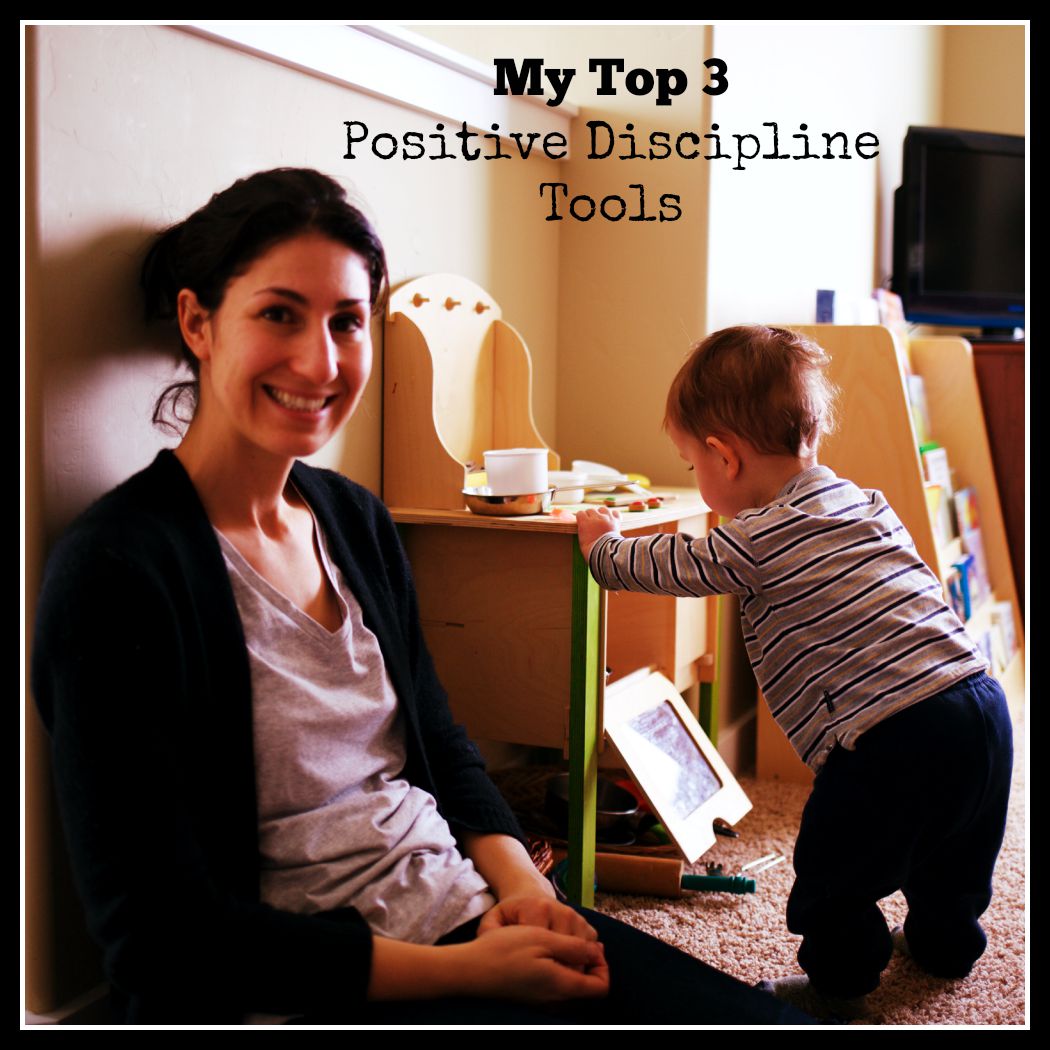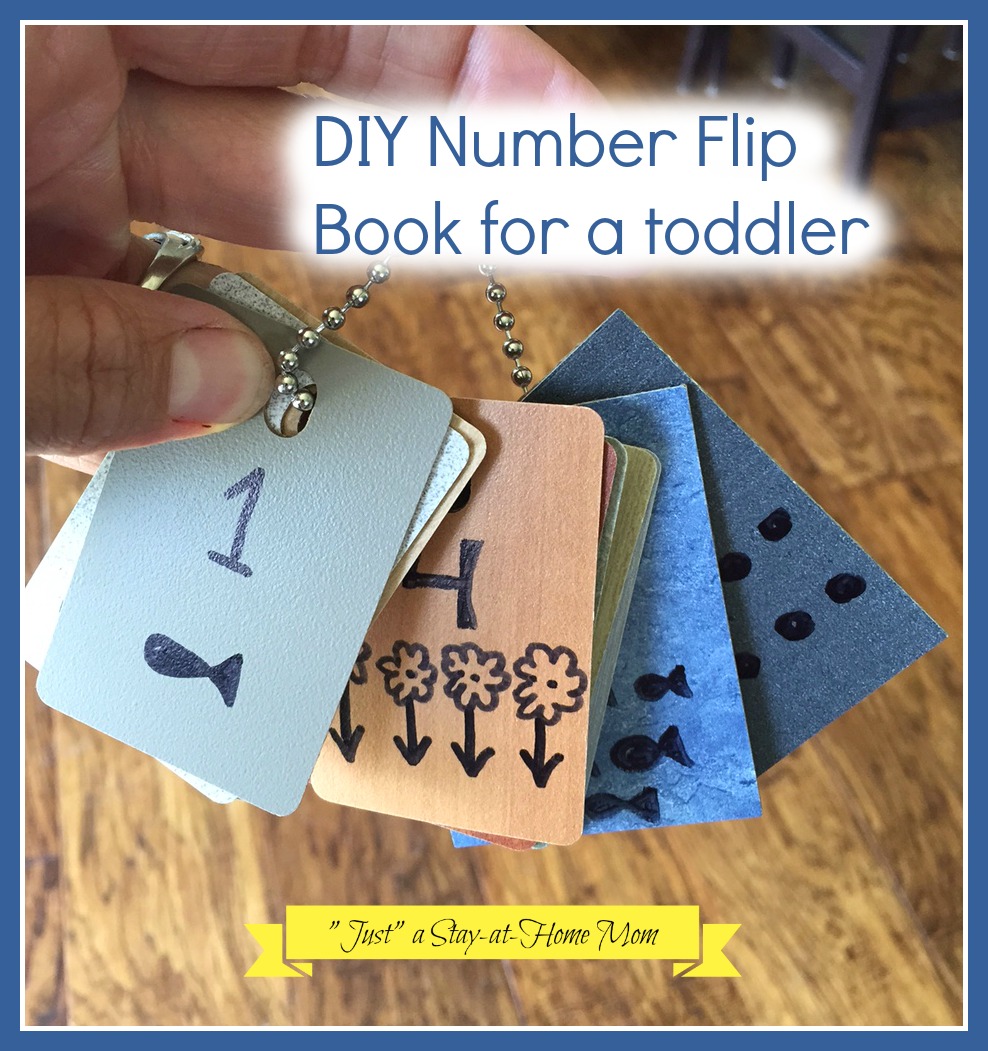“Just” a Stay-at-Home Mom
-

My Top 3 Favorite Positive Discipline Tools
Parenting is a lot like learning to drive in Montana winter weather. In the most heart-pounding moments, you are told to go against your natural instincts. As a Californian, when I moved to Mt, I told my husband I was really scared of driving in the snow. My husband gave me 3 small but challenging…
-

Have you sold out if your child goes to pre-school?
Ladies and gentleman, the day has come that I am reaching out for some regular help with my little man (now 1 1/2). I always knew I would consider pre-school at SOME point for Chunky Monkey. But, I wasn’t sure when. I guess in my mind I thought it would likely be around age 3…
-

Learning about numbers
The National Association for the Education of Young Children (NAEYC) says, “Each day offers us countless opportunities to help children deepen their understanding of math concepts. The more we talk math, the better chance infants and toddlers have to build a positive attitude toward math learning and learning in general.” So, I am striving to…
-

Hugs, Hugs, Hugs!
In a recent 3-part parenting workshop where I shared Positive Discipline parenting tools, this was one of the biggest hits! The tool is simple – use hugs in difficult moments. Here is 1 mom’s report after our first class where she learned about how to offer your child a hug when they are throwing a…
Got any book recommendations?